Bibimbap bowls get stuffed with just about anything you could want: fried tofu, cooked and pickled veggies, rice, and Gochujang chili spice. We’ve included shiitake mushroom, baby spinach, and pickled daikon in this version of one of our favorite vegan Korean recipes.
You can find Korean bibimbap on every street corner in South Korea - the smells of spicy chili and fresh garlic filling the air as people enjoy sizzling rice and veggies out of bibimbap dolsot, traditional serving bowls made of hot stone.
In the last couple of years, this dish has exploded in popularity outside of Korea, and we’ve seen a lot of bibimbap shops popping up all over America.
Bibimbap bowls all have one thing in common - rice. With a rice base, people add just about anything into their bibimbap bowls. Many of them contain meat, veggies, and pickles.
We built this simple recipe for vegetable bibimbap with tofu for vegans to enjoy. Bibimbap vegetables often get topped with a fried, runny egg, which we’ve omitted for the vegans, but vegetarians can include if desired.
This dish contains a ton of protein between the crispy, firm tofu and shiitake mushrooms, and a big hit of flavor from tangy pickled daikon and traditional spicy Gochujang sauce.
What is bibimbap?
While bibimbap origins are somewhat unknown, some speculate it has a religious connection to “eating with the gods” after performing religious rites. Koreans performed these rites outside of the home, where many serving dishes weren’t available. A one-bowl meal like bibimbap is ideal.
Bibimbap translates to “mixed rice” and is a way for Koreans to use up their leftovers - you can toss almost anything into your bowl of bibimbap.
How to eat bibimbap
- If you include egg on your bibimbap, break the yolk and mix it into your tofu bibimbap.
- Add in the condiments, like our Gochujang dressing included in the recipe. The more you add, the spicier you bibimbap will be. You can also add some sriracha, salt, or soy sauce.
- Stir the hot bowl to combine all of the ingredients of your bibimbap thoroughly.
Vegan bibimbap recipe - Tips + FAQ
Choosing your tofu
To make the best tofu bibimbap, choose firm or extra-firm tofu. These both have just the right texture for making crispy fried tofu.
Soft, silken, and medium tofu are creamy and not ideal for frying, baking, or BBQing. More delicate tofu is better suited to replace milk and cream in recipes like creamy salad dressings, vegan ice cream, and many other vegan desserts.
When preparing your firm or extra-firm tofu for your vegan bibimbap, press the excess water out of the block using a tofu press. If you don’t own a press, wrap your tofu in a clean towel and press between two heavy plates for 2-3 hours.
Prepping ahead
Vegan bibimbap has quite a variety of ingredients, but it doesn’t have to be complicated. Prepare many of the elements beforehand so that you can pull this dish together quickly at lunchtime.
- Pickle the daikon or radish a day beforehand (you can do this up to two weeks ahead of time). We find the pickles taste even better after sitting for at least a day, anyway!
- Cook your rice ahead of time and refrigerate until ready.
- We suggest making the tofu right before serving, as it doesn’t reheat super-well.
Popular vegan bibimbap ingredients
The beauty of bibimbap is that you can throw almost anything you have leftover in the fridge into the bowl.
Here are our favorite vegan bibimbap add-ins:
- Baby kale
- Pickled cabbage
- Kimchi
- Zucchini
- Nori seaweed
- Bean sprouts
- Radishes
- Cremini mushrooms
- Eggplant
- Sweet bell peppers
- Snap peas
- Green beans
Is bibimbap healthy?
There is a lot of healthy protein, vitamins, and minerals in tofu bibimbap. Calories for a tofu version range from 550 to around 1000 per serving, depending on the amount of sauce in the bibimbap.
Nutrition levels are sky-high in a bowl of vegan bibimbap. Tofu is a lean protein that contains essential vitamins and minerals. Baby spinach is very high in vitamin K and several other vitamins. The pickled vegetables, especially fermented versions, like kimchi, are great for gut health and help balance digestive issues.
What is gochujang?
Gochujang is a popular Korean cooking ingredient, a sweet, spicy, and savory paste that is a popular sauce ingredient.
The paste is primarily red chili peppers, with a few other simple ingredients. You can find Gochujang in the International aisle of most grocery stores or any Asian supermarkets.
Final notes: Enjoying our favorite vegan bibimbap recipe
This recipe is a favorite in my house, as it’s a great way to use up odds and ends of leftovers that are taking up space in the fridge.
Feel free to omit or add anything that suits your tastes. If you’re cutting down your carb intake, remove the rice, and you’ll still have a healthy, filling vegan bibimbap for anyone to enjoy!




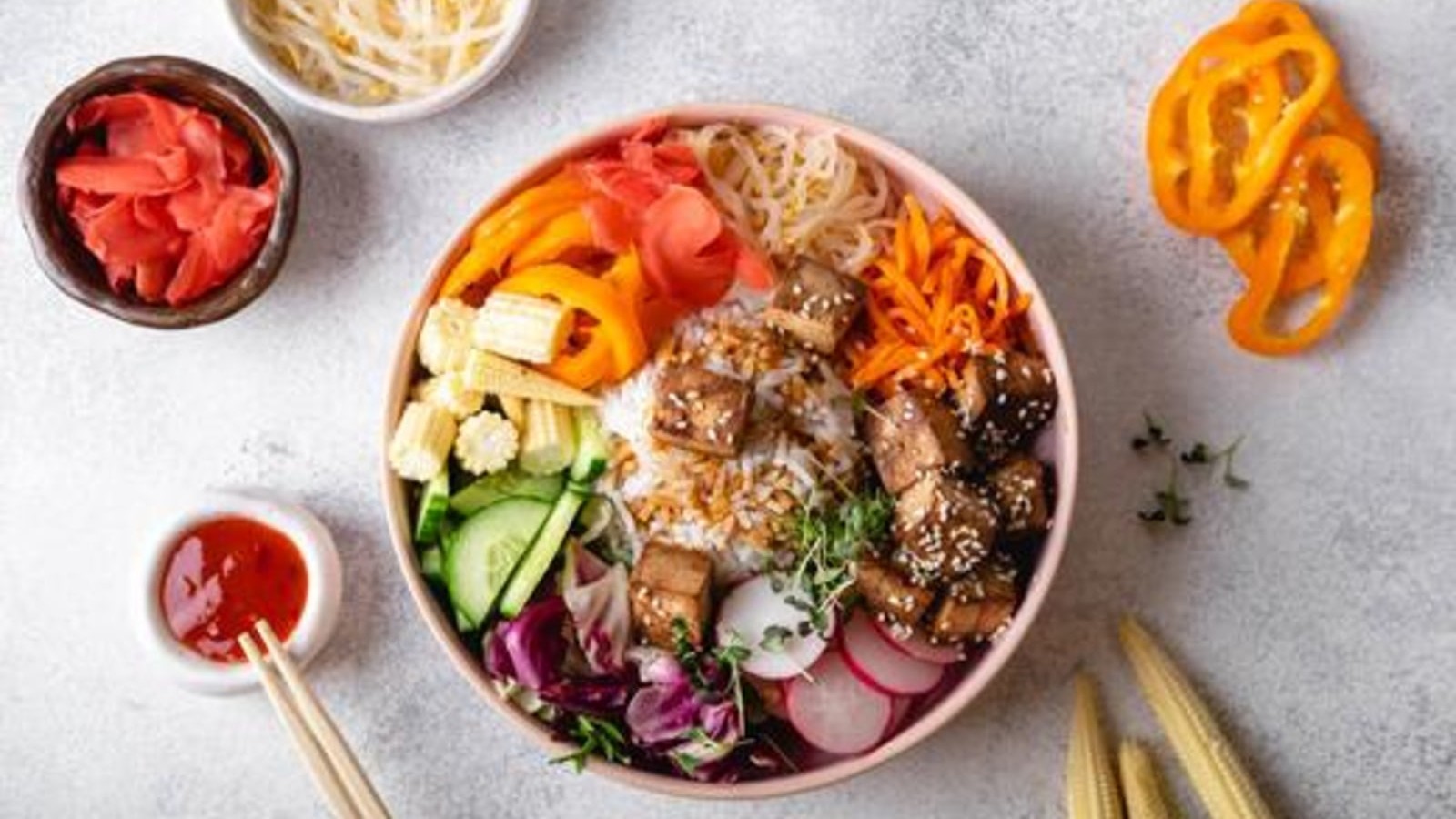
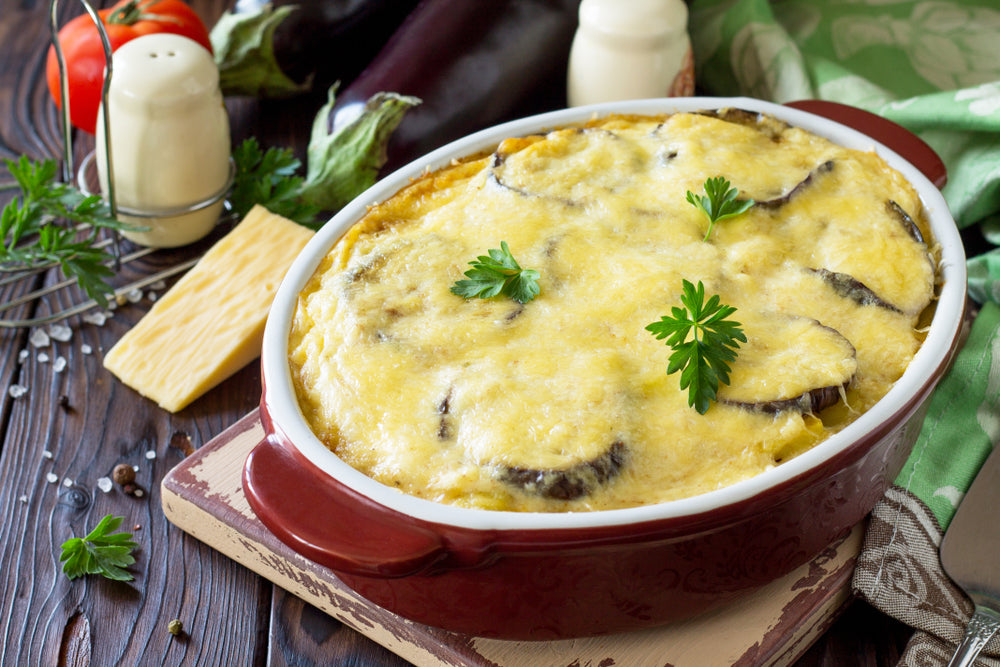
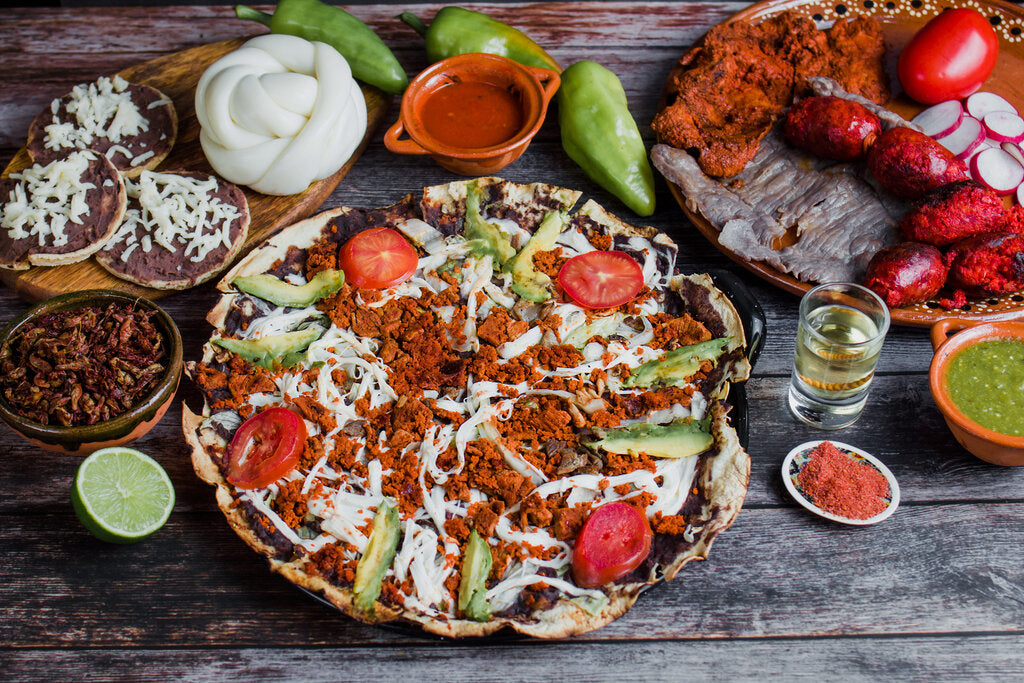
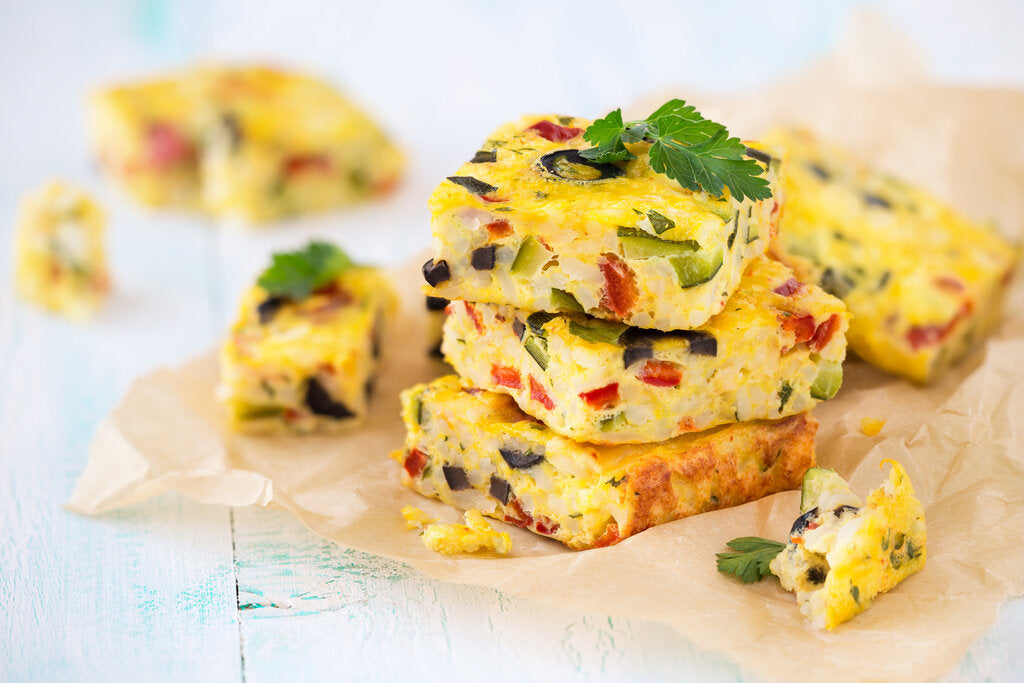
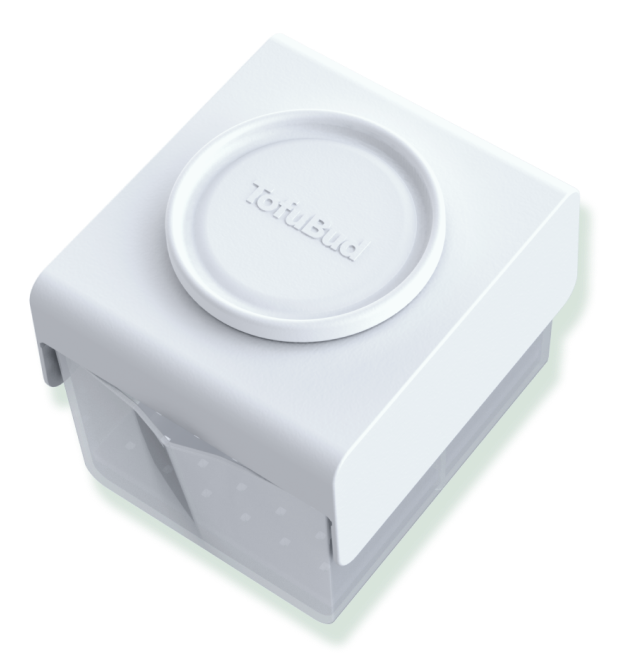
Leave a comment (all fields required)